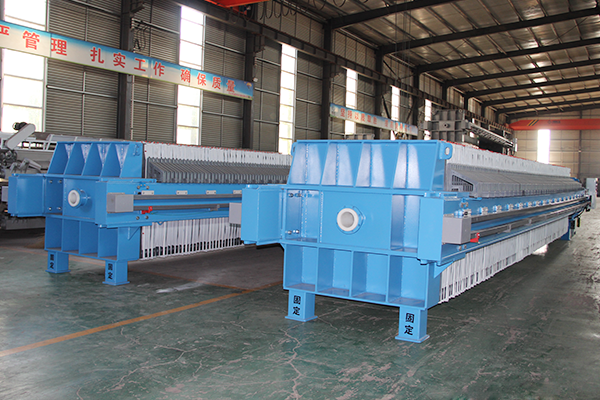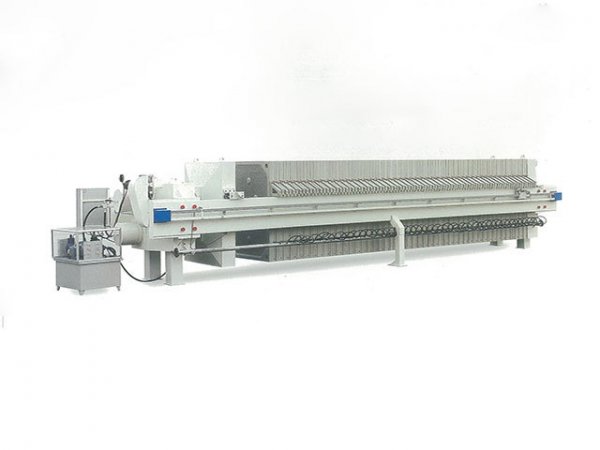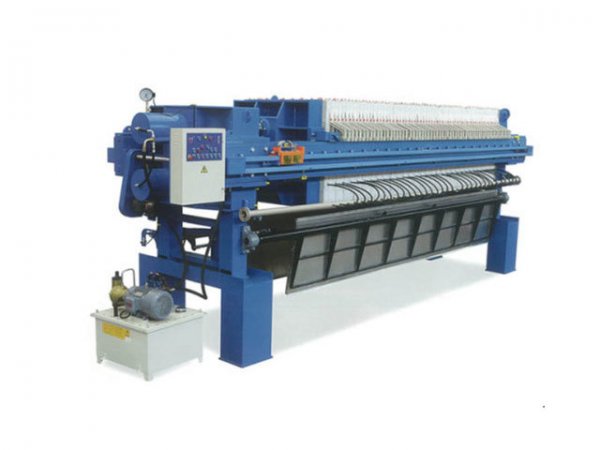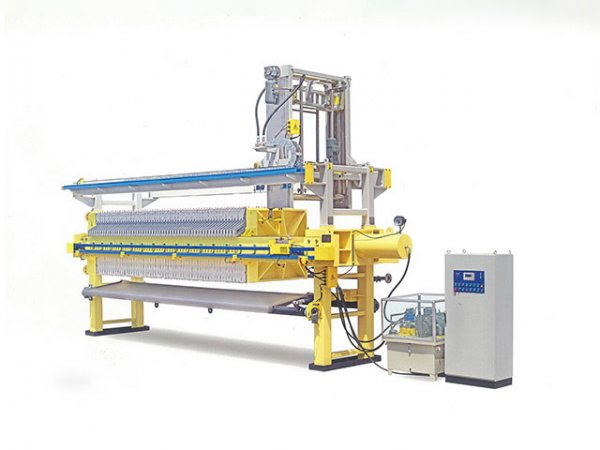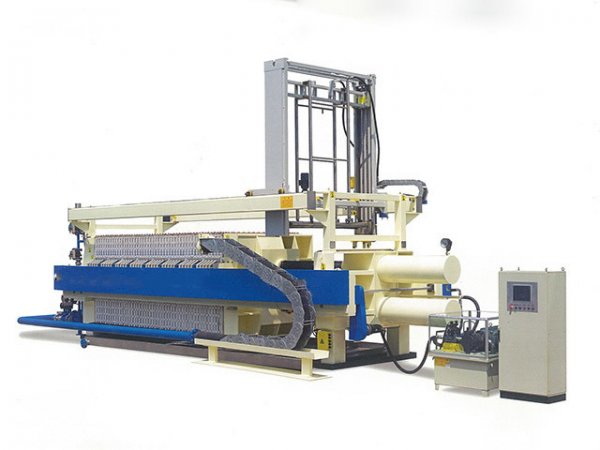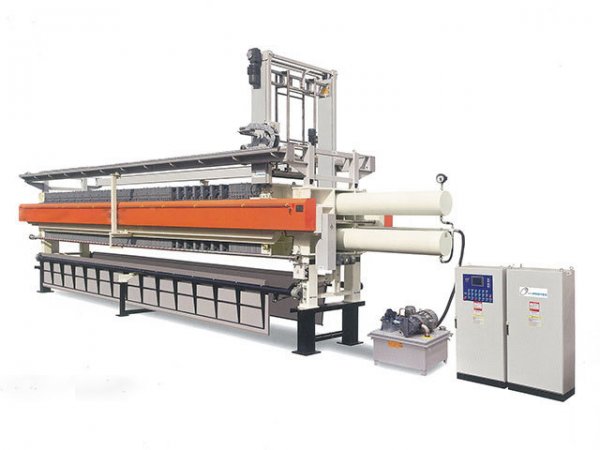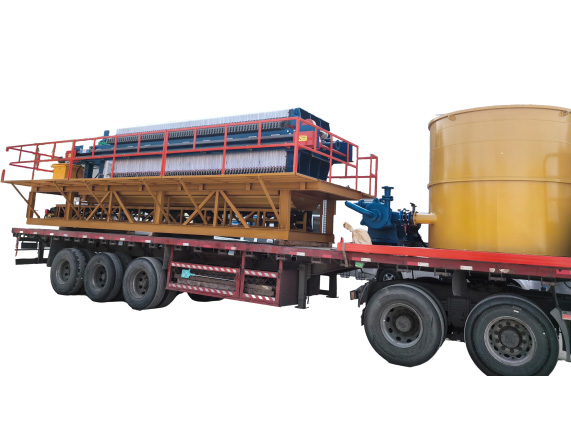NewsDetails
How to Choose a Plate and Frame Filter Press on a Limited Budget: Cost-Effective Solutions and Practical Pitfall Avoidance Guide
author:Shuangcheng time:2025-06-19 04:37:51 Click:126
In industrial production, the Plate and Frame Filter Press is a crucial piece of equipment for solid-liquid separation. However, when operating on a limited budget, selecting a cost-effective yet reliable Plate and Frame Filter Press that meets production requirements poses a significant challenge for many enterprises. This article provides a cost-effective selection plan and practical pitfall avoidance guide, focusing on core requirements, model screening, and cost control.
I. Clarifying Requirements: The Key to Avoiding Overconfiguration
(1) Prioritizing Core Parameters
Throughput: This directly relates to the equipment specifications. Estimate the filtration area based on daily material processing volumes.
Material Characteristics: The basis for model selection. For materials with strong acidity or alkalinity, polypropylene (PP) filter plates offer a cost-effective choice. In highly corrosive scenarios, stainless steel should be considered. For material particle size, coarse particles require low-mesh filter cloths, while fine filtration tasks necessitate high-mesh filter cloths.
Pressure Requirements: Set based on material characteristics. Conventional pressure suffices for ordinary materials, whereas high-viscosity materials require high-pressure models to ensure separation efficiency.
(2) Formulating Functional Trade-off Strategies
For users with limited budgets, it is essential to plan equipment functions reasonably. Prioritize retaining basic functions such as manual or semi-automatic pressing and fundamental filtrate discharge to ensure equipment operation. Value-added functions like automatic plate pulling and filter cloth cleaning can be added later when funds permit. Features such as remote monitoring and intelligent pressing, suitable for large-scale production, can be temporarily excluded to avoid cost waste.
II. Cost-Effective Model Screening Guide
(1) Comparison and Optimization of Mainstream Materials
Different filter plate materials vary significantly in cost and performance. Polypropylene (PP) materials are low-cost and moderately corrosion-resistant, making them suitable for most conventional production scenarios and a popular choice for small and medium-sized enterprises (SMEs). Cast iron materials are moderately priced but lack corrosion resistance,比较适合 (more suitable for) processing coarse-grained materials in mining. Stainless steel 304 offers strong corrosion resistance but comes at a higher price, primarily used in fields with stringent material requirements. Combining PP filter plates with PVDF filter cloths provides a cost-effective solution that meets common acid and alkali resistance needs while reducing costs.
(2) Weighing the Choice Between New and Used Equipment
While used equipment may be temptingly priced, it carries hidden risks. Be wary of issues such as filter plate deformation and hydraulic system internal leakage, which can lead to high maintenance costs. When purchasing, prioritize equipment with short usage years and accompanied by original manufacturer inspection reports. For new entry-level models, select models suitable for SMEs, focusing on basic configurations to control procurement costs while ensuring production.
(3) Key Points for Avoiding Pitfalls in Supplier Selection
The market is flooded with suppliers of varying quality. Suppliers claiming "universal adaptability" for all materials, offering excessively short warranties for filter cloths, or unable to provide on-site inspections often have hidden product quality issues. Reliable suppliers typically offer free material testing services, commit to warranties for core components, and possess extensive experience serving the same industry. Choosing such suppliers can reduce cooperation risks.
III. Long-Term Cost Control Strategies
(1) Optimizing Costs for Consumable Parts
The selection and maintenance of consumable parts significantly impact long-term costs. Initially, cost-effective polypropylene filter cloths can be used, with upgrades made after the equipment operates stably. Adapt hydraulic oil according to seasons to avoid increased energy consumption due to unsuitable oil types, thereby reducing usage costs.
(2) Proactive Planning for Maintenance Costs
When procuring equipment, select suppliers that offer free operational training to reduce additional training expenses. Additionally, stock up on consumable parts such as sealing strips and filter cloth clips in advance to avoid premium pricing during emergency purchases, controlling maintenance costs from the source.
IV. Conclusion: Three Core Principles for Selecting a Plate and Frame Filter Press on a Limited Budget
When selecting a Plate and Frame Filter Press on a limited budget, adhere to three core principles. First, precise requirements: Focus on core production indicators to avoid redundant functions. Second, material adaptability: Prioritize cost-effective materials to balance performance and cost. Third, long-term maintenance mindset: Reasonably plan procurement and maintenance budgets to ensure the economic efficiency of the equipment throughout its lifecycle. Through scientific selection and cost control, even with a limited budget, it is possible to select a cost-effective Plate and Frame Filter Press that meets production requirements.
 Recommended Products
Recommended Products
 Contact us
Contact us
—— Contact:Manager
—— Tel:+86 16632826789
—— Email:sales@hbscfilterpress.com
—— Url:https://www.hbscfilterpress.com
—— Address:West Zone of Economic Development Zone, Fucheng County, Hengshui City, Hebei Province

